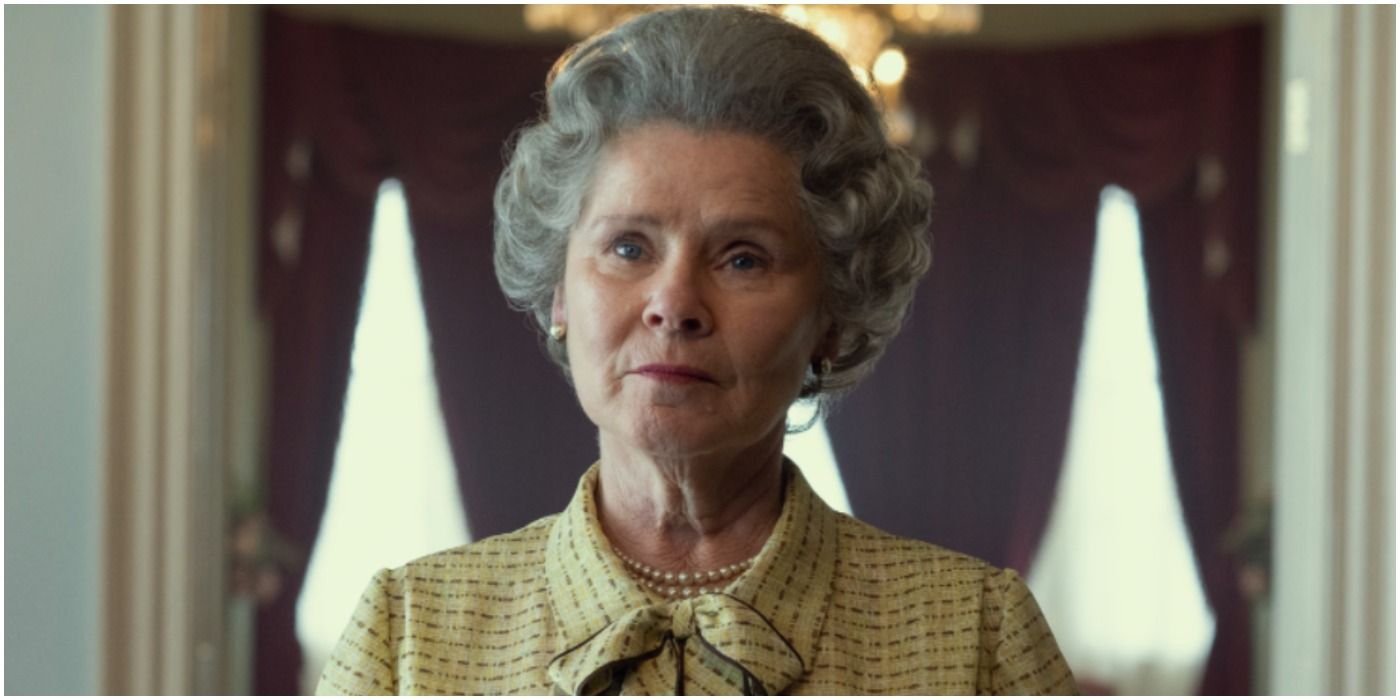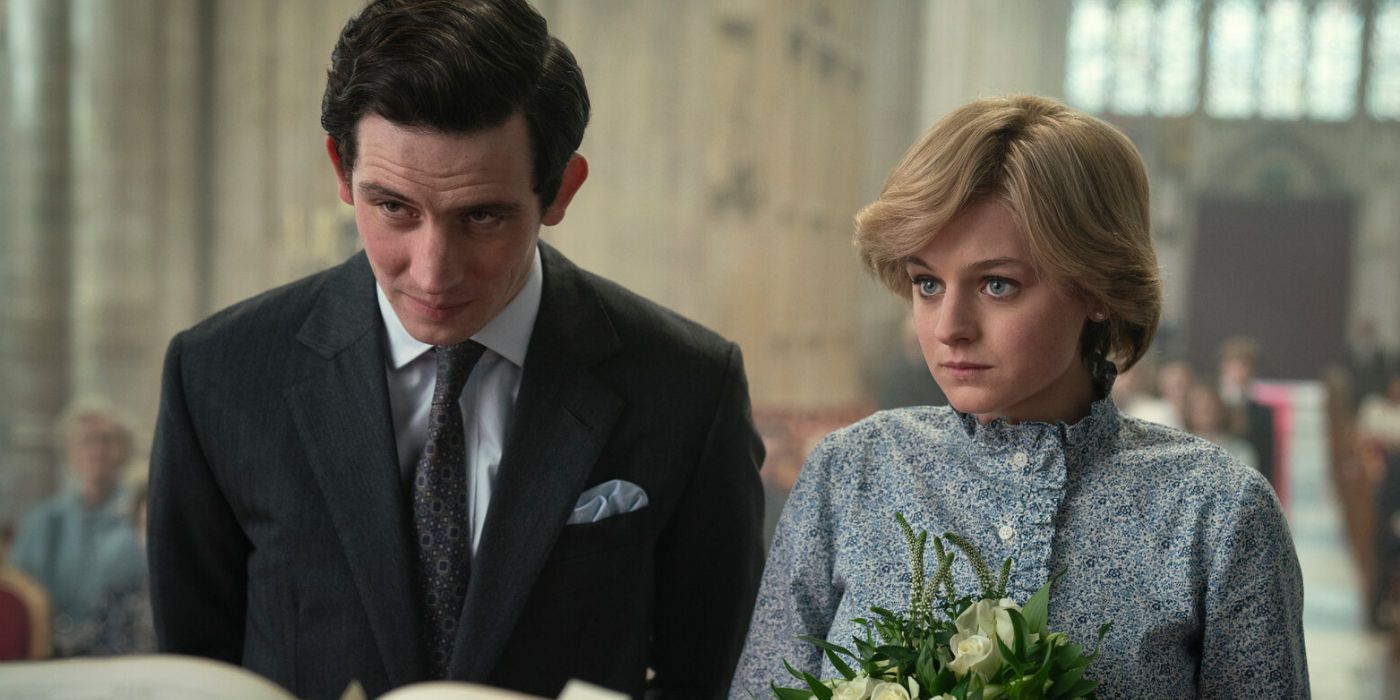
The backlash from Imelda Staunton's casting as Elizabeth II in The Crown season 5 perfectly mirrors the public perception of the Queen in the '90s. Netflix's critically-acclaimed historical drama focusing on the British Royal family is down to its final two years. As it was with its previous iterations, there's another looming change in ensemble to mirror the narrative's progress. Season 4 took place between 1979 and 1990, tackling the beginning of the doomed marriage of Charles (Josh O'Conner) and Diana (Emma Corrin), while its new outing will explore the events of the next decade.
Casting for The Crown has been great thus far, with every actor playing key roles praised for their respective performances. Arguably one of, if not the most important decision was to choose the right thespian to bring the Queen to life as the story revolves around her and her reign. Both Claire Foy and Olivia Colman were fantastic in their portrayals, so there are high expectations for Staunton's upcoming time as Her Majesty. Considering the veteran actress' skills backed up by the countless awards she has received for her craft over the years, it's safe to say that she, too, will be great in the part. But, not everyone was thrilled when she was chosen for the role.
While Staunton has been in countless great projects, she's potentially best known as Dolores Umbridge in the Harry Potter films. She played the part in Harry Potter and the Order of the Phoenix and Harry Potter and the Deathly Hallows — Part 1. Unfortunately, given Umbridge's penchant for power-tripping as he intentionally gaslit Harry (Daniel Radcliffe) about coming face-to-face with Voldemort (Ralph Fiennes), not to mention her overall fakery, she is one of the most hated villains in the series, and perhaps in recent pop culture. Given Staunton's brilliant performance, she's become attached to the role, so, naturally, some find it difficult to see her in a different light, hence why the lukewarm reaction to her casting as the Queen in The Crown season 5 in comparison to her predecessors. However, that actually reflects the public's perception of Elizabeth II during the '90s. As the marriage of Diana and Charles crumbled, the Princess of Wales had become more vocal about the infidelity of her then-husband and the Royals' indifference, the public grew empathetic of her and antagonistic of the Queen and the monarch.

In 1996, the divorce between Diana and Charles was finalized and she had become a free woman who continued to carry on her various missions and charities, further endearing her to the masses. By the time of Diana's death in 1997, she'd become arguably the most beloved royal. The Queen was then criticized over her response to the tragedy, which many thought to be cold and distant — exactly how the Princess of Wales described the Royals during her debacle regarding Charles' infidelity. Even before her former daughter-in-law's accident, however, Elizabeth II's reign was already in a precarious position as the burning of Windsor Castle in 1992 revived discussions about how the Royal Family's lifestyle is funded by taxpayer's money. Many questioned who will pay for repairing the extensive damage on the property which ultimately cost £36.5 million. To address the issue, the Queen agreed to open up parts of the Buckingham Palace for the first time as a form of fundraising for the reconstruction of Windsor. She also personally donated £2 million and agreed to pay income tax from 1993 onwards.
Chances are that these aforementioned events will be tackled in The Crown season 5 and more. The falling out of Diana and Charles will more likely be the primary narrative in the upcoming year since the '90s was defined by their tumultuous relationship that finally unfolded for everyone to witness. So, the less-than-ideal response to Staunton's casting as the Queen can almost function as a meta-reference to Her Majesty's real-life image during that decade.
from ScreenRant - Feed https://ift.tt/3Cbf2u4

No comments: